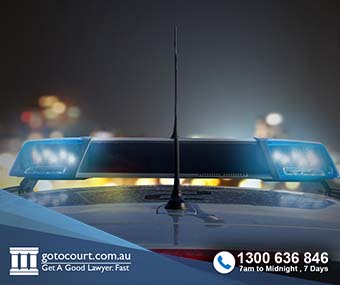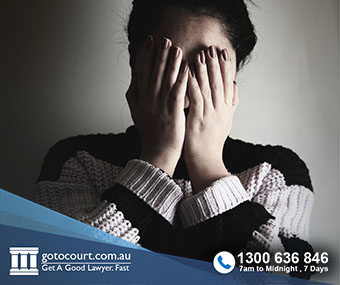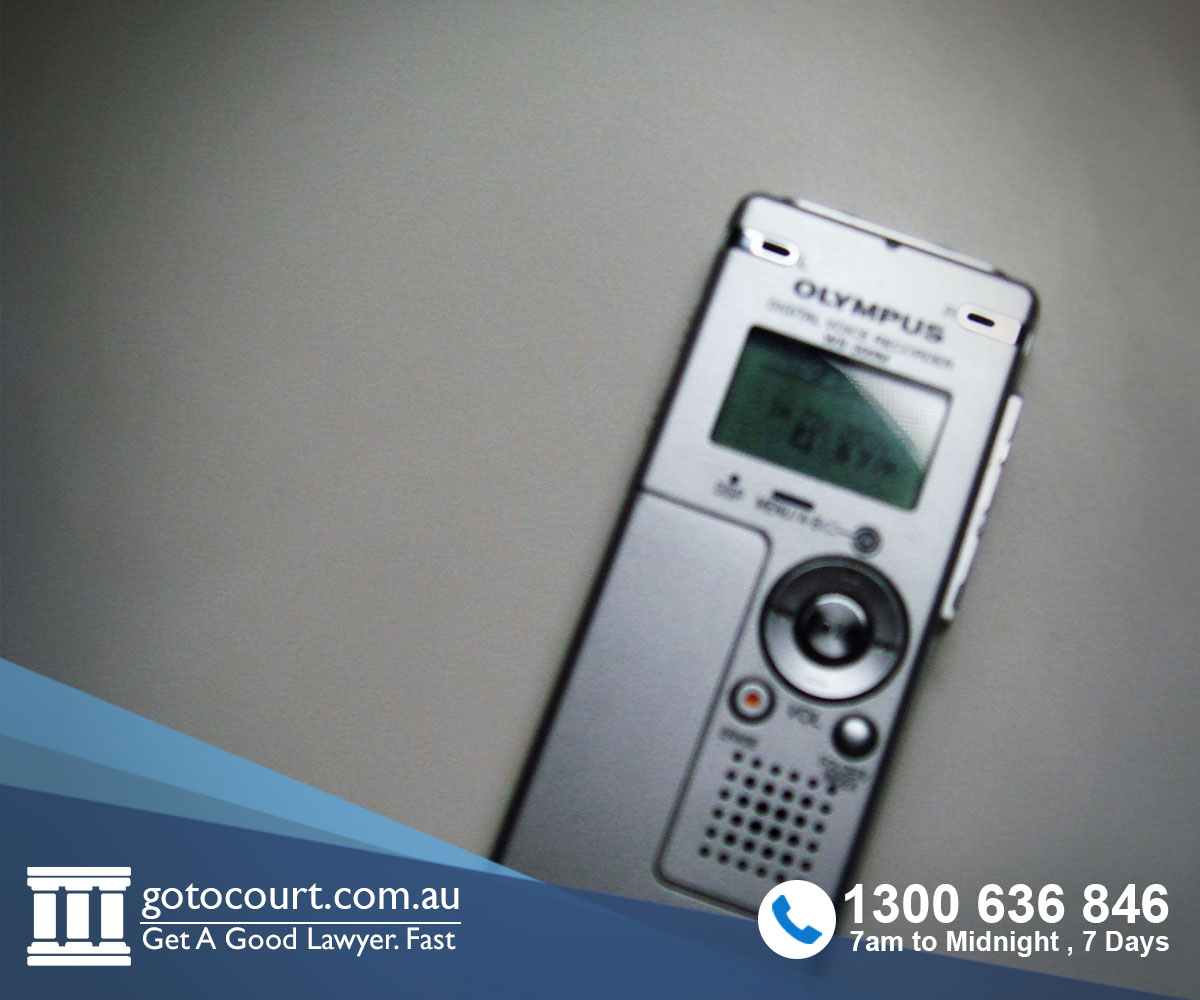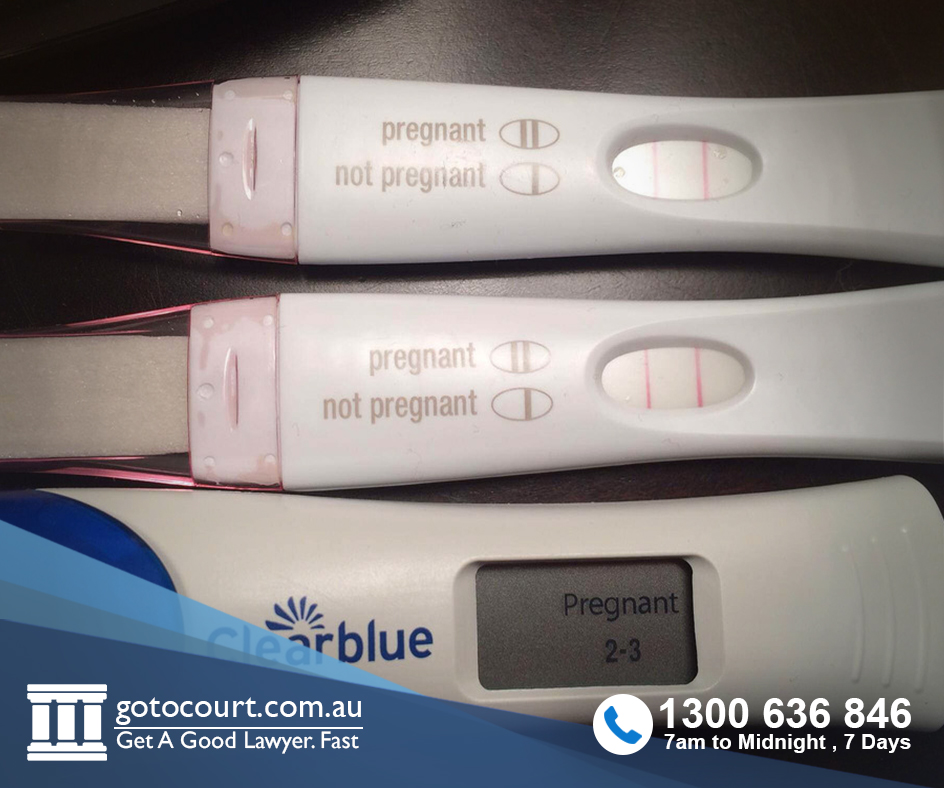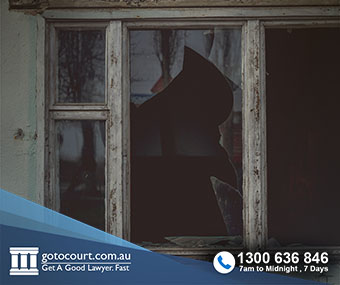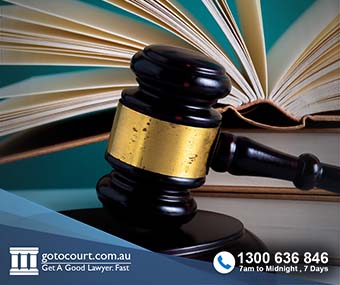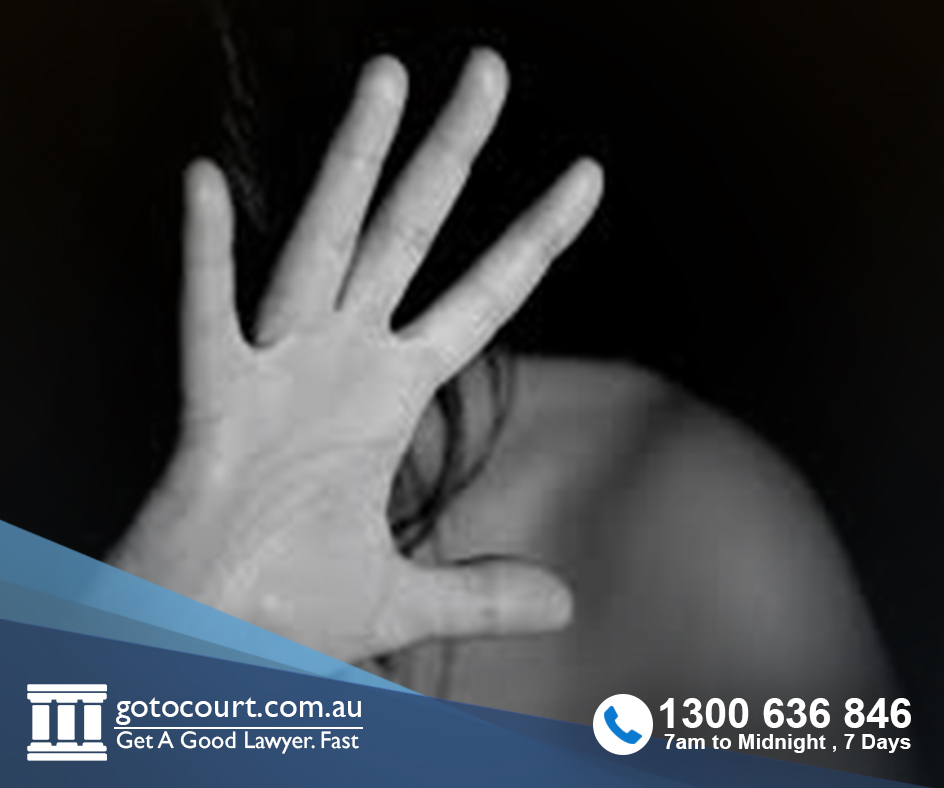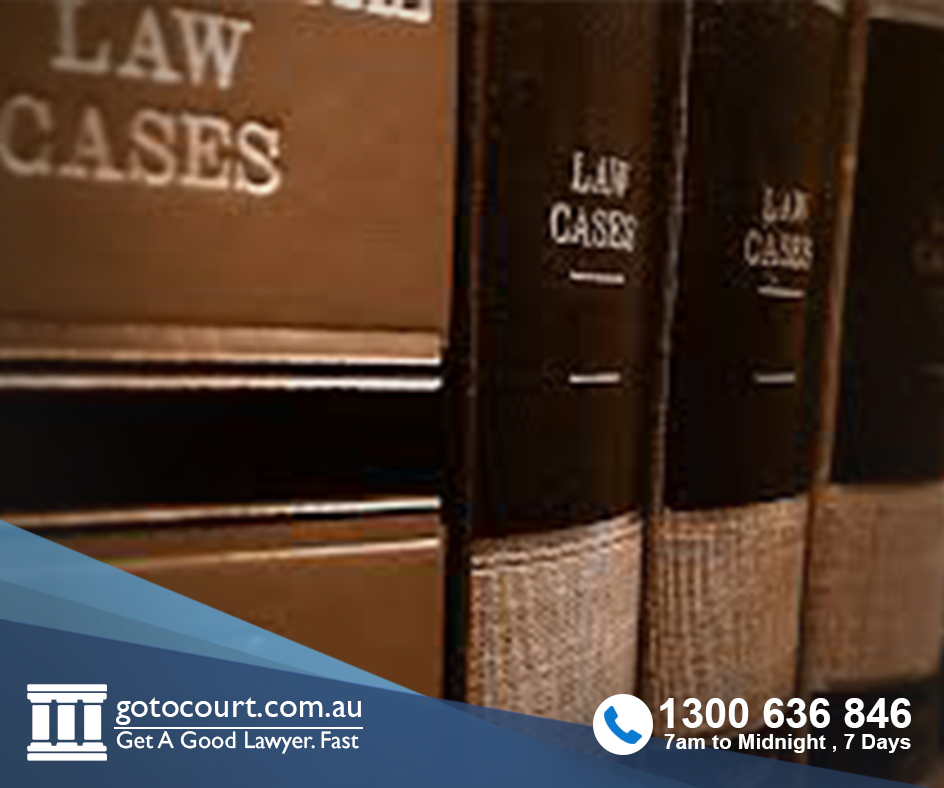Call our lawyers
now
or,
have our lawyers
call you
Tendency and Coincidence (Vic)
Updated on Dec 13, 2022 • 4 min read • 433 views • Copy Link
Tendency and Coincidence (Vic)
Tendency and coincidence evidence, also referred to as propensity or similar fact evidence, is evidence that an accused has a tendency to commit certain acts, based on the assertion that they have done it before, or that it is likely that an accused committed multiple acts based on the similarity of multiple allegations against them. Tendency and coincidence evidence is commonly adduced where a person is alleged to have committed child sex offences. It often consists of evidence of other complainants that they have been assaulted by the same person or evidence of prior convictions for similar offences or evidence of other illegal conduct for which the accused has not been charged, such as the ‘grooming’ of children.
Evidence may be adduced that because the accused engaged in sexual acts with a small child, that he has a tendency to engage in such acts, or that he is alleged to have assaulted two children in strikingly similar circumstances and that this is unlikely to be a coincidence.
The tendency rule
Under Victorian law, evidence of the character, reputation or conduct of a person or a tendency that a person has or had to act in a particular way or have a particular state of mind is admissible only if:
- The party seeking to adduce the evidence gave the other parties reasonable notice in writing of their intention to do so;
- The court thinks that the evidence will have significant probative value;
- The probative value of the evidence substantially outweighs its prejudicial effect.
(Evidence Act, Sections 97 and 101)
Steven Odgers sets out the features relevant to determining whether evidence is more probative than prejudicial in Uniform Evidence Law in Victoria and this list has been reproduced by the Victorian Supreme Court.
These features are:
- The number of occasions the conduct occurred;
- The time gap between occasions;
- The degree of similarity between different occasions;
- The degree of similarity in the circumstances on different occasions;
- Whether the tendency evidence is disputed;
- The issue to which the evidence is relevant.
In a case where tendency evidence involving multiple complainants is proposed to be adduced, the evidence will be inadmissible if there is any ‘reasonable possibility’ that there has been concoction, collusion or contamination among the complainants.
The coincidence rule
Coincidence evidence is evidence of two or more events when the evidence is being used to establish that the accused did an act or had a state of mind on the basis that the similarity of the events makes it unlikely that the events were a coincidence.
In order for coincidence evidence to be admissible
- The party seeking to adduce the evidence gave the other parties reasonable notice in writing of their intention to do so;
- The court thinks that the evidence will have significant probative value;
(Evidence Act, Section 98)
There are two types of coincidence evidence. The first is where two or more events have occurred in circumstances where the conduct is ambiguous. The similarity of the events can be used to argue that it is unlikely the events occurred accidentally or coincidentally and that they were, in fact, the result of criminal actions.
The second type of coincidence evidence is where there is evidence that two or more similar allegations were made in circumstances where it is implausible that two or more complainants have independently come forward to make similar yet false allegations against the same defendant. The similarity of the allegations leads to the conclusion that the witnesses are telling the truth.
As with tendency evidence, coincidence evidence will be inadmissible if there is a reasonable possibility of concoction or collusion among the complainants.
Tendency and coincidence
In many cases, the same evidence is capable of being relied on as both tendency and coincidence evidence. For example, where two sexual assault complainants give evidence that the same defendant assaulted them, this could be used as tendency evidence (ie. If the court is satisfied that Complaint A is telling the truth, this establishes that the defendant has a tendency to commit sexual assaults and therefore, it is likely that he sexually assaulted Complainant B) or as coincidence evidence (ie. it is unlikely that two independent complainants have made similar but false allegations against the same person). The prosecution will usually choose to pursue the stronger of these two arguments, rather than asking the jury to consider the same evidence as both tendency and coincidence evidence.
If you need legal advice about a criminal matter or any other legal matter please contact Go To Court Lawyers.


Affordable Lawyers
Our Go To Court Lawyers will assist you in all areas of law. We specialise in providing legal advice urgently – at the time when you need it most. If you need a lawyer right now, today, we can help you – no matter where you are in Australia.How It Works








1. You speak directly to a lawyer
When you call the Go To Court Legal Hotline, you will be connected directly to a lawyer, every time.


2. Get your legal situation assessed
We determine the best way forward in your legal matter, free of charge. If you want to go ahead and book a face-to-face appointment, we will connect you with a specialist in your local area.


3. We arrange everything as needed
If you want to go ahead and book a fact-to-face appointment, we will connect you with a specialist in your local area no matter where you are and even at very short notice.









